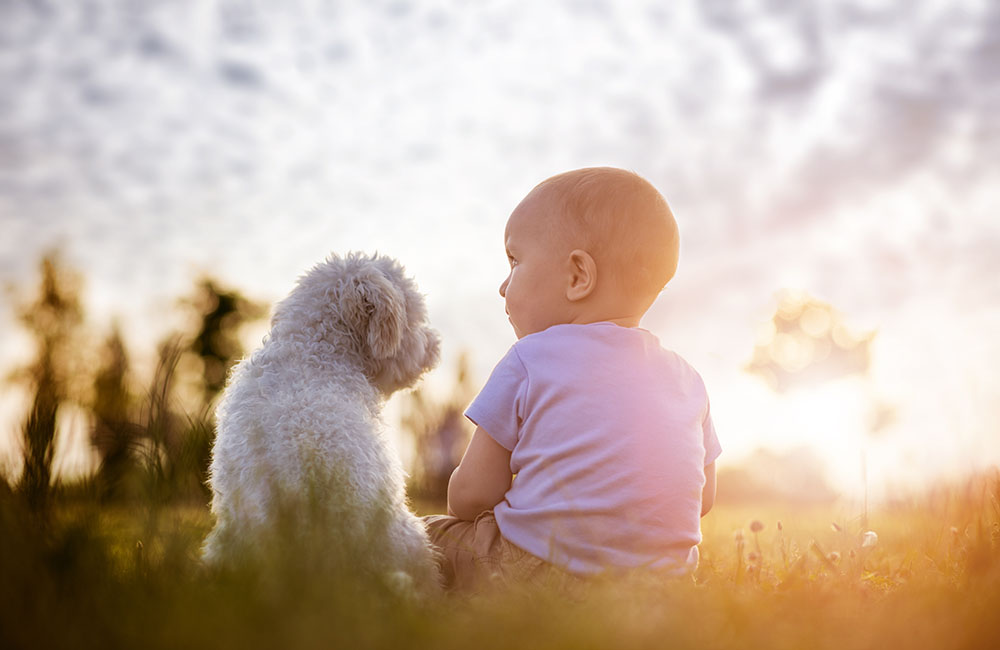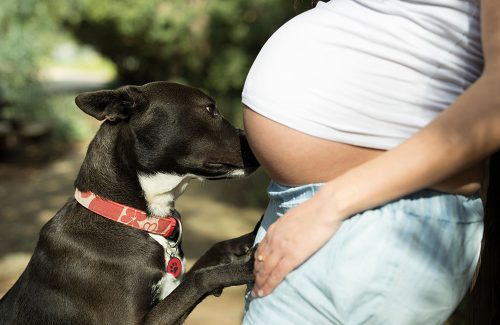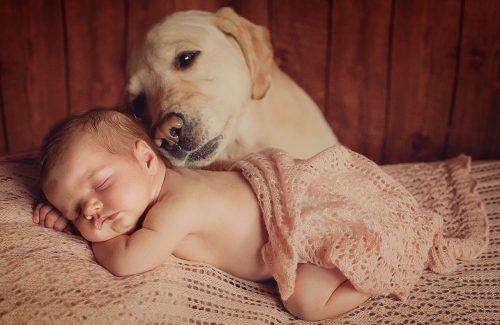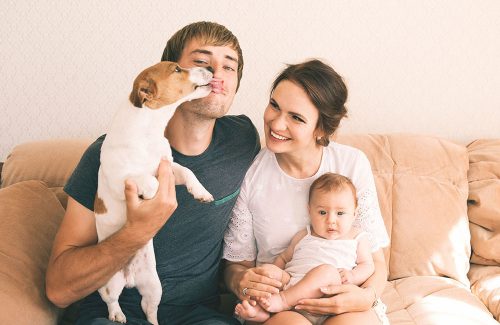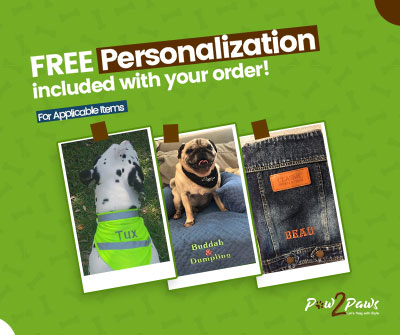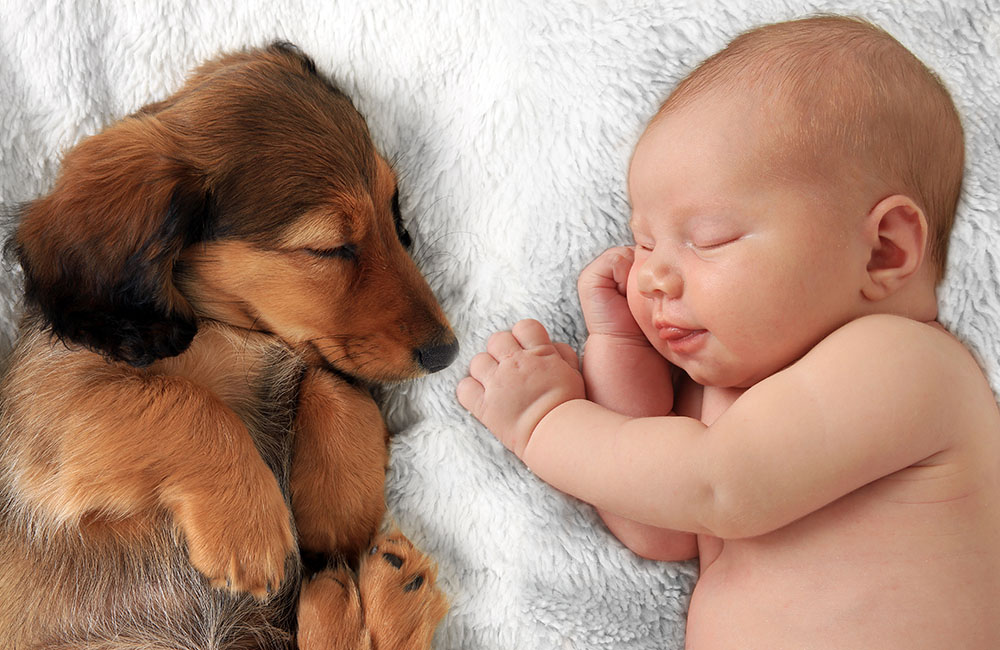
The entire family gets excited once the news breaks through, to hold the little bundle of joy and experience life in an entirely different way. There is nothing sweeter than the adorable bond between newborns and dogs. And it is the utmost responsibility of the human pet owners to establish a safe and comfortable environment for both the parties in order to ensure a friendlier introduction and connection for years to come!
It is always considered wise to start training at once— from the very beginning in the nine months prior to the arrival. A thoughtful training will help your dog to adapt to the new changes peacefully while preventing any aggressive or intense behavior towards the child.
Every dog is different and may react differently; some are eager and excited to meet their small human sibling, while some may take time due to their nervousness and fear of the little ones. It’s up to you how you help your dog transition from being the only child to now an elder sibling. We bring you 8 helpful ways to create a harmonious relationship between your newborn and your furry canine!
Early Changes In Rules
Make sure that your dog is familiar with all the new ‘baby rules’ long before the actual arrival. Start making the new rules and letting your dog be aware of them in subtle ways. If the nursery has to be off-limits then train your pup ahead to not wander off there.
Obedience Training
This training will help you in any sort of a situation and enable your dog to practice self-control. Make great use of the nine months by teaching your dog cues like “settle down”, “sit”, and “stay” to help him stay away from stressful scenarios. You can move on to cues like “drop it” or “leave it” once the dog start discovering things lying around like baby toys, pacifiers, feeders, and diapers.
An Irregular Routine
It is never a good idea to drop the bomb on your canine friend— always make sure that your dog is accustomed to the changes and alterations in her daily routine. You can purposefully change the timings for the walk, rather than distressing her with the unreliable routine once the baby arrives.
New Sounds And Smells
Dogs have a tendency to react a little too much when they hear a baby cry for the first time. It may agitate them or make them distressed. You can introduce them to such newer sounds and smells associated with babies beforehand.
Plan The Day You Introduce The Two
Since your dog would have not seen you for several days, she might react a little too enthusiastically once you arrive. Let someone else take care of the baby, while you hug and greet your dog deservingly. It’s always safe not to let the dog have a face-to-snout interaction with the baby right ahead, but let her feel comfortable before you actually put the baby in close proximity. Read the body language carefully!
A Safe Haven To Retreat
It is always smart to designate a specific area for your dog where she could retreat in those stressful moments. When crying and bawling gets out of hand, make sure your dog has a place where she could settle in at peace. A crate or a comfortable bed away from the nursery and all the noise would be appreciated by your canine.
Be Gentle Yet Vigilant
Neither you nor your dog will get the hang of things perfectly from the very start. There will be errors. If your dog mistakenly chews on the baby toys, promptly replace the bitten binkies with her own dog-toys. And no matter how rigorously you’ve trained your dog, never irresponsibly leave it alone with the baby. You never know what may happen!
Training The Baby
Once your baby starts to toddle and grasp his motor skills more effectively, make sure you train them to be gentle around dogs. A harsh tug of the tail, ear pulling or vicious pats may result in some unexpected reactions from your dog.

